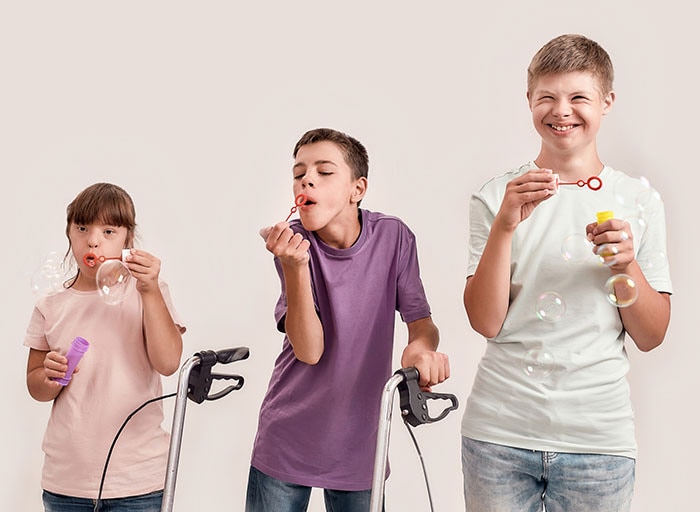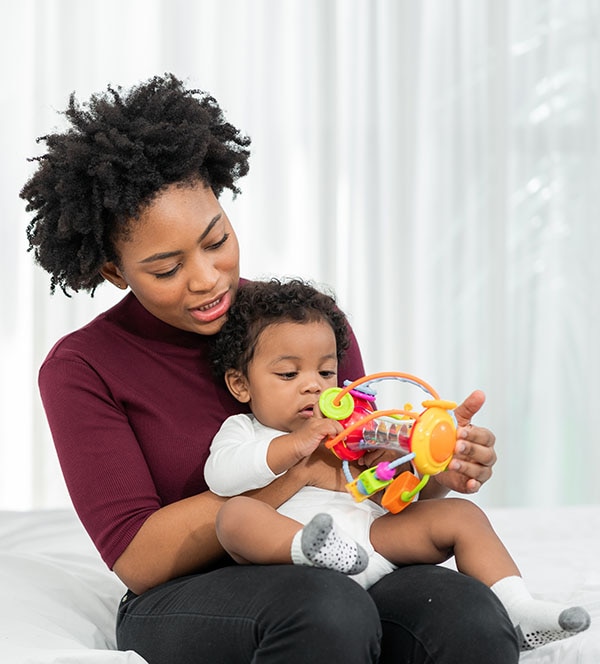11 Things to Know about Cerebral Palsy

Cerebral palsy (CP) is the most common motor disability in childhood, and children with CP and their families need support.
- Cerebral palsy (CP)is a group of disorders that affect a person’s ability to move and maintain balance and posture.
- CP is the most common motor disability of childhood. About 1 in 345 children has been identified with CP according to estimates from CDC’s Autism and Developmental Disabilities Monitoring (ADDM) Network.
- CP is more common among boys than girls, and more common among black children than among white children.
- Most (about 75%-85%) children with CP have spastic CP. This means that their muscles are stiff, and as a result, their movements can be awkward.
- Over half (about 50%-60%) of children with CP can walk independently.
- Many children with CP have one or more additional conditions or diseases along with their CP, known as co-occurring conditions. For example, about 4 in 10 children with CP also have epilepsy and about 1 in 10 have autism spectrum disorder.
- Most CP is related to brain damage that happened before or during birth and it is called congenital CP. The following factors can increase the risk for congenital CP:
- Being born too small
- Being born too early
- Being born a twin or other multiple birth
- Being conceived by in vitro fertilization or other assisted reproductive technology
- Having a mother who had an infection during pregnancy
- Having kernicterus (a type of brain damage that can happen when severe newborn jaundice goes untreated)
- A small percentage of CP is caused by brain damage that happens more than 28 days after birth. This is called acquired CP. The following factors can increase the risk for acquired CP:
- Having a brain infection, such as meningitis
- Suffering a serious head injury
- The specific cause of CP in most children is unknown.
- CP is typically diagnosed during the first or second year after birth. If a child’s symptoms are mild, it is sometimes difficult to make a diagnosis until the child is a few years older.
- With the appropriate services and support, children and adults with CP can stay well, active, and a part of the community. Read the stories of children, adults, and families living with CP.

CP Screening and Diagnosis
Diagnosing cerebral palsy (CP) at an early age is important to the well-being of children and their families. Diagnosing CP can take several steps:
- Developmental Monitoring
- Developmental Screening
- Developmental and Medical Evaluations
Developmental monitoring (also called surveillance) means tracking a child’s growth and development over time. At each well-child office visit, the doctor monitors the child’s development. The doctor does this by asking parents if they have any concerns about their child’s development, taking or updating the child’s developmental history, and watching the child during the exam to see how he or she moves.
During developmental screening a short test is given to see if the child has specific developmental delays, such as motor or movement delays. Some developmental screening tests are in the form of interviews or questionnaires completed by parents, others are tests that the doctor gives to the child. A developmental screening test also can be given whenever the child’s parents or doctor or others involved in the care of the child have concerns about the child’s development.
The goal of a developmental evaluation is to diagnose the specific type of disorder that affects a child. To evaluate movement or motor delays, the doctor will look closely at the child’s motor skills, muscle tone, reflexes, and posture, and take a careful medical history from the parents. The doctor will try to rule out other disorders that could cause similar problems.

If You’re Concerned
If you think your child is not meeting movement milestones or might have CP, contact your doctor or nurse and share your concerns.
If you or your doctor is still concerned, ask for a referral to a specialist who can do a more in-depth evaluation of your child and assist in making a diagnosis.
Early Intervention and School Services
Both early intervention and school-aged services are available through our nation’s special education law—the Individuals with Disabilities Education Act (IDEA). Part C of IDEA deals with early intervention services (birth through 36 months of age), while Part B applies to services for school-aged children (3 through 21 years of age).
